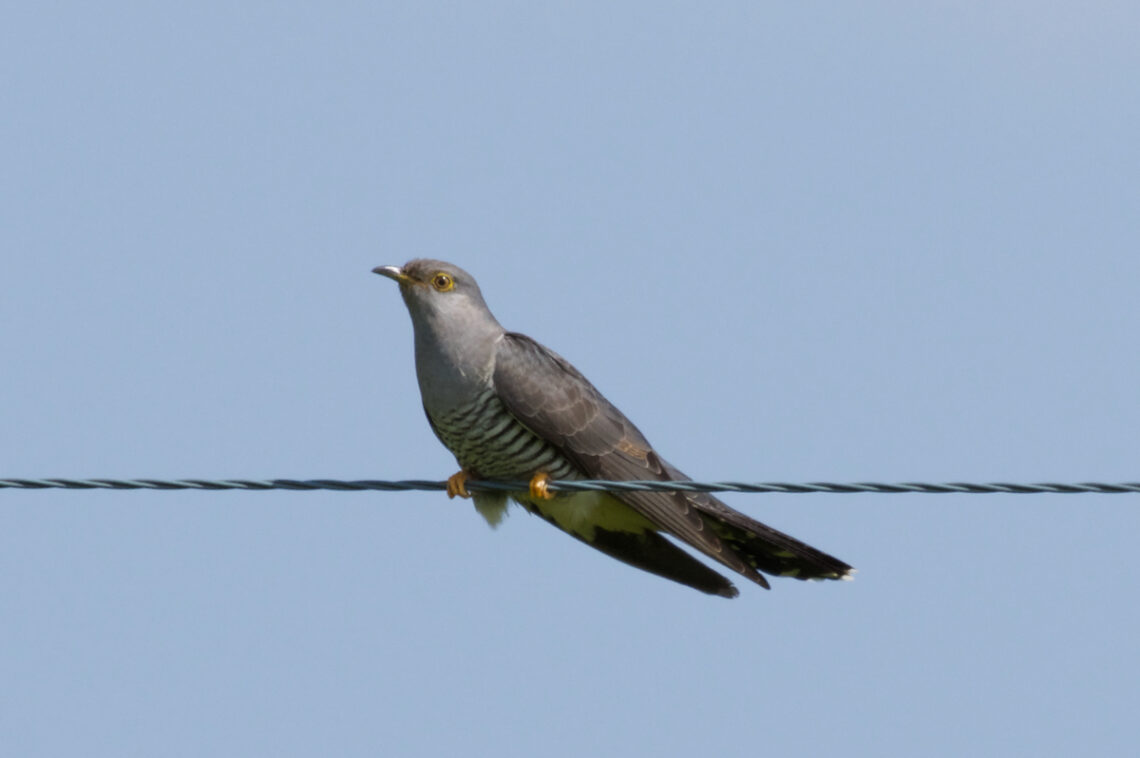
The cuckoo in his mantle grey
Nothing says ‘summer’ quite like the call of a cuckoo. This year we heard it first on 21st April, from the old bealach or pass that leads over the hill between Lunga and Ardfern. We paused to listen each time we heard him; it’s a sound that stops you in your tracks, and for me it almost seems to stop time itself.
On a warm day last week, a cuckoo was calling loudly from the trees at the back of the house, so we went outside to look for him. He soon flew into the top of a wych elm just across the road and carried on cuckooing, adding a few softer chuckling notes in between. Then he spread his long tail of white-spotted feathers, and with a couple of swift, purposeful wingbeats he flew off into the field below.
In the spring of 1934, an aspiring young travel writer called Patrick Leigh Fermor was walking across Europe. He had gladly left behind a rainy London and with it his half-hearted thoughts of a military career, but as he crossed the Great Plain of Hungary, where trees were just coming into leaf and rainbows chased storm clouds across the flat landscape, the sudden call of a cuckoo ‘brought on an abrupt and unexpected onslaught of homesickness.’ Further on, as he basked in the glorious summer of Transylvania, ‘cuckoos sounded from different woods as long as the light lasted.’
The Europe that Leigh Fermor experienced has long gone, but through his writing I can clearly hear those cuckoos of ninety years ago. It’s a feeling as well as a sound, and it’s so hard to define – there’s a sense of nostalgia, of summer days that are forever lost, but at a deeper level you forget momentarily that time exists at all.
When I was writing my book on birds and folklore, I came across some curious beliefs and customs connected with the arrival of the first cuckoo. Ceremonies, strange to us now, attempted to ‘pen the cuckoo in’, thereby ensuring the fertility of animals and crops. In Wales, it was thought that if the cuckoo arrived before leaves appeared on the blackthorn, the summer would be dry and unproductive, while in Norfolk an old rhyme advised farmers on what action to take:
If the cuckoo lights on a bare bough,
Keep your hay and sell your cow
But if he comes on the blooming May
Keep your cow and sell your hay.
In Scotland the bird was known as a ‘gowk’, while its Welsh equivalent is ‘gog’, and these elements occur frequently in old place-names. More specifically, there are standing stones called ‘cuckoo stones’ or ‘gowk stones’ scattered across Britain and Ireland. At Lisdivin in County Tyrone, Northern Ireland, the first cuckoo was said to call from the Gowk Stane, while on the Isle of Lewis in Scotland it was believed that the first cuckoo flew to Callanish stone circle and called from there.
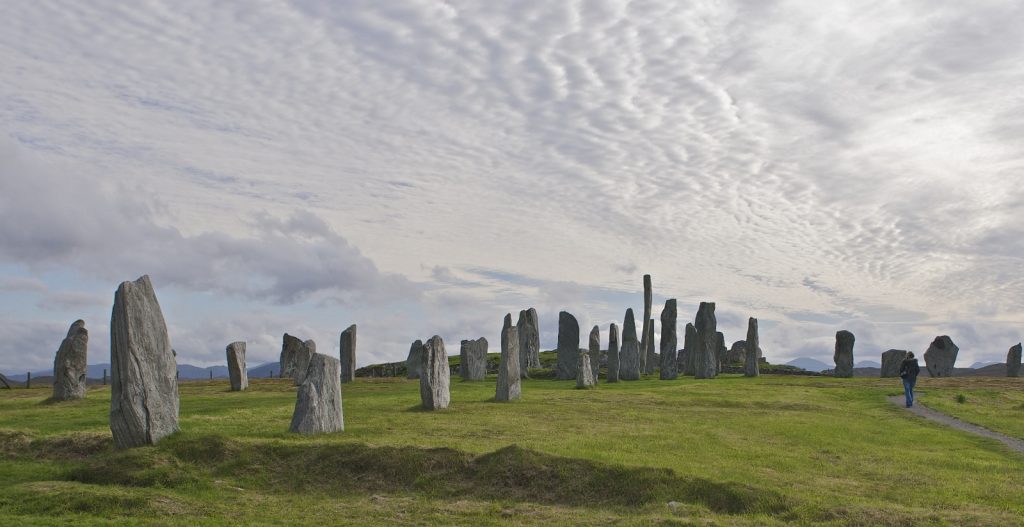
Callanish stone circle
Throughout Europe, the cuckoo has long been associated with fertility goddesses, and it has been suggested that the arrival and first call of the cuckoo was linked with the festival of Beltane. In Finland, right up to the 19th century, the cuckoo was thought to fertilise the Earth with its song; then, at midsummer, it was traditionally believed to stop calling – a phenomenon called the ‘silence of the cuckoo’ in Romania and ‘the funeral of the cuckoo’ in Russia.
And what happened after the cuckoo went quiet? Did it simply vanish? Before it was understood that cuckoos spent the northern winter in Africa, many country people believed that they simply hibernated. I’ve got a lovely old book called Somerset Birds and some Other Folk by E W Hendy, who collected some long-standing beliefs and anecdotes about over-wintering cuckoos.
Hendy quotes Willughby’s Ornithology, published in 1687, which includes an account of a cuckoo, bare of plumage, emerging from some willow logs that had been thrown onto a fire; the bird was said to have lived for a further two years. In 1797, Bewick’s History of British Birds shared a similar story of a cuckoo ‘quite destitute of feathers’ being found in the thick cover of a whin (gorse) bush and growing fresh plumage after it was kept warm and well fed.
Hendy also relates a story from 1923, of a cuckoo being found in the case of a grandfather clock (it was not, he points out, a cuckoo-clock!) and in Hendy’s own time – the 1940s – he met builders and stonemasons who said they had uncovered cuckoos hibernating in stone walls. Like the earlier reports, the birds had shed all their feathers, and Hendy speculated that these were late-hatched young cuckoos, attempting to sleep out the winter. He regrets that none of the discarded feathers were kept, and adds: ‘The fact that their feathers came out points to a very low state of animation.’
Were Hendy’s west country folk living in cloud cuckoo land?* From our vantage point of modern science it’s easy to scoff at these stories, but I think they’re fascinating. They tell us so much about the way we perceived nature and the turning seasons.
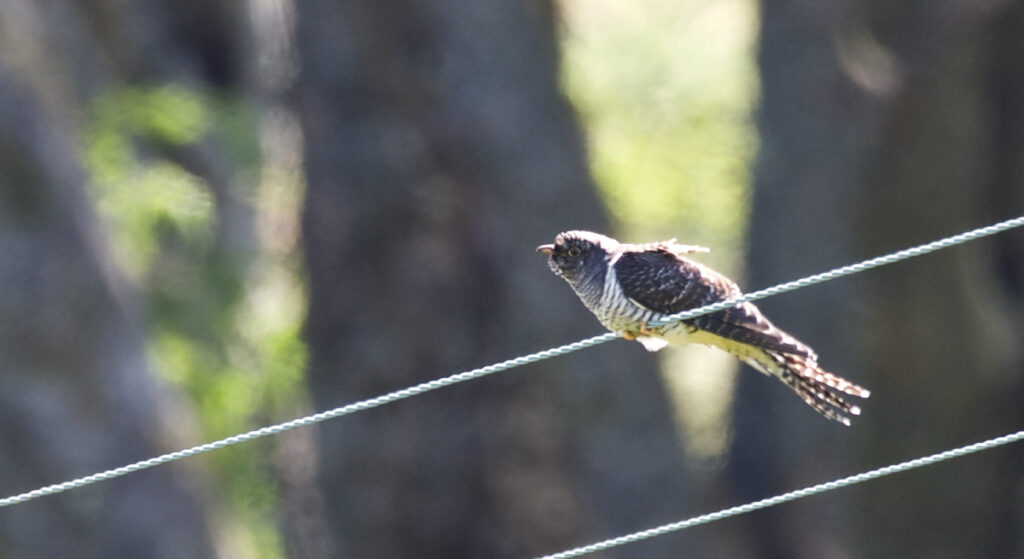 Young cuckoo
Young cuckoo
It’s not surprising that cuckoos and their calls were used for prophecy. According to tradition, a child born on the day when a cuckoo was first heard would be lucky and truthful. It was bad luck to hear the first cuckoo while you were hungry, so to prevent this some people went to bed with a piece of bread under their pillow and snacked on it when they woke up. One of the weirdest superstitions was offered by the Roman philosopher Pliny the Elder: after hearing a cuckoo, a handful of earth gathered from around your right foot could be used as an insect repellent.
In Scotland, the cuckoo was eun-sidhe, the bird of the fairies.
Edward A Armstrong, The Folklore of Birds
With midsummer and ‘the silence of the cuckoo’ still a month away, I’m going to listen out for it at every possible opportunity. I love this verse by a medieval Irish scribe, who scribbled in the margin of a manuscript:
The cuckoo in his mantle grey
Cries on all day through lush tree tops,
And verily – God shield me still!
Well speeds my quill beneath the copse.
–
The folklore of the cuckoo and many other birds is included in my book, Britain’s Birds: A Treasury of Fact, Fiction and Folklore.
Quotes and sources:
Patrick Leigh Fermor, Between the Woods and the Water (1986)
E W Hendy, Somerset Birds and Some Other Folk (1944)
Edward A Armstrong, The Folklore of Birds (1958)
Marie Trevelyan, Folk-lore and Folk Stories of Wales (1909)
D A Nance, Gouk stones and other cuckoo place-names: prehistoric cult sites (Scottish Geographical Journal, 2019)
Jeremy Mynott, Birds in the Ancient World (2018)
*This saying has very old origins. In Aristophanes’ comic play The Birds (414 BC), the disenchanted inhabitants of Athens negotiate with the birds to establish an idyllic new city suspended between heaven and earth, called ’Cloud-Cuckoo Land’.
Images copyright Colin Woolf


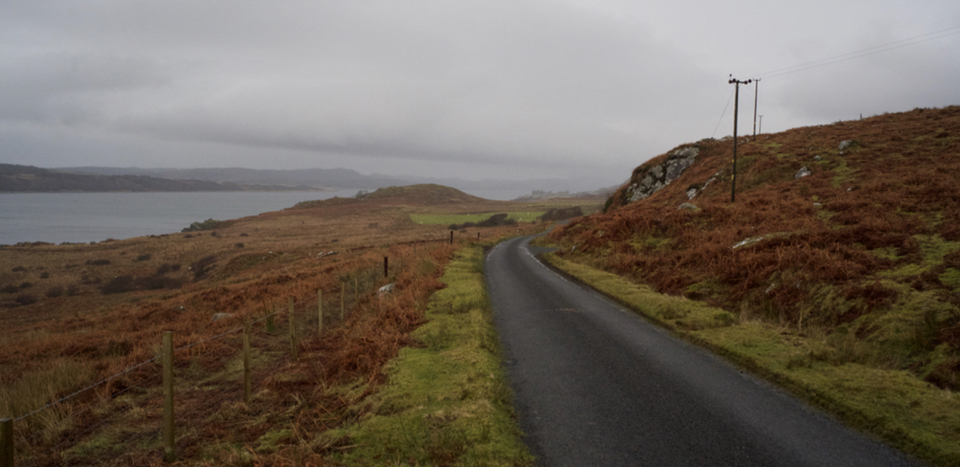
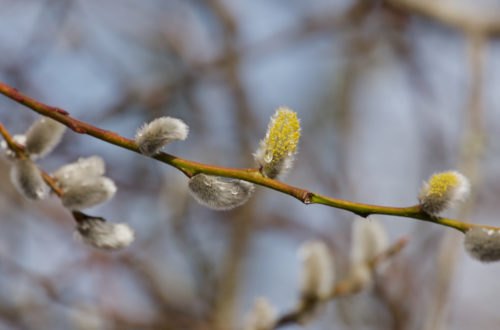
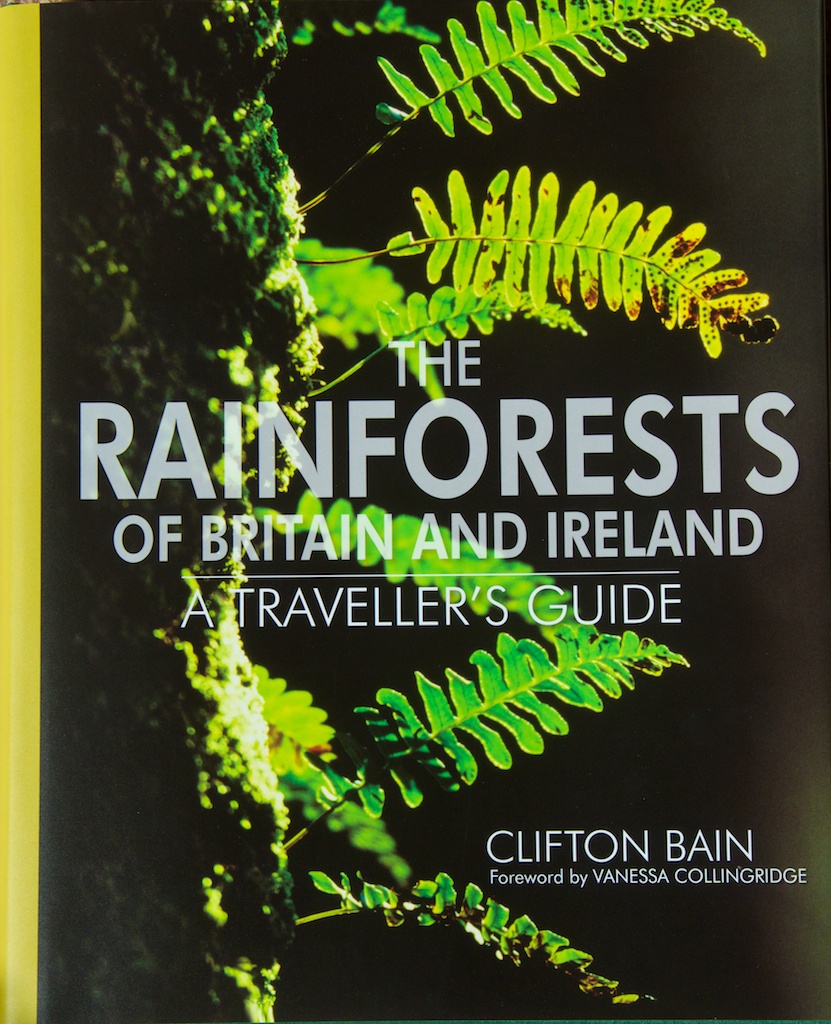
12 Comments
davidoakesimages
We have yet to hear that iconic all this year…but most things have been late this spring 🤔
Jo Woolf
I hope you hear it soon, David! Our cuckoos were later arriving this year, possibly because it was a very cold April with north-west winds. Now suddenly everything is surging into summer.
Finola Finlay
Lovely piece, Jo. Here the start of May is associated with Scairbhín na gCuach, or the chill wind of the cuckoo. This year it’s persisted into late May.
Jo Woolf
Thank you so much, Finola. How interesting about the ‘chill wind of the cuckoo’! – I’ll make a note of that. What a lovely saying.
Bob Hay
Nice and interesting story Jo. I was surprised to read this below. So all the species have this same habit of laying their eggs in another bird’s. You’d wonder if European cuckoos and Australian cuckoos came from some common original ancestor. We have an owl here (boobook) which when I first heard it one night I thought it was a cuckoo.
Of the dozen species of cuckoos that occur in Australia, the Channel-billed Cuckoo is the largest. Like many cuckoos, it lays its eggs in the nest of another bird and being a large cuckoo, it must lay its eggs in the nest of another large bird. The species usually chosen as foster parents are Pied Currawongs,
Jo Woolf
Thank you, Bob! That’s very interesting about your cuckoos. I looked up Youtube videos for both. The Boobook does sound like a cuckoo with different notes, no wonder you assumed it was. But the Channel-billed – wow – that is a beefy looking cuckoo! More like a hornbill, but with a fairly cuckoo-like tail.
davidoakesimages
I had also meant to say that I much enjoyed the read. some I knew but had for gotten but much was new…. and interesting read as usual. Thanks 🙂
Jo Woolf
Thank you so much, David! I do appreciate it. I was fascinated to read those old stories from Somerset – there are even more than I mentioned.
bconee
This was so interesting to read, thanks for sharing! I had no idea the cuckoo played this kind of role in stories and traditions. We have cuckoos here in Pennsylvania, but I didn’t hear them growing up, nor do I now—but I wanted to leave a comment to say I know exactly what you mean about hearing a sound that brings a wash of nostalgia, memories of summers past, and causes you to forget time. For me, it’s always the buzzing of the locusts we have here, typically mid-July through August. I marvel at it each year ☺
Jo Woolf
Thank you so much! I was really interested to find out these bits of folklore too. Amazed to hear that for you it’s locusts that bring back summers past – I can imagine how that can become an evocative background sound. From my own summers of childhood I also remember the cooing of turtle doves in the garden – a sound that’s now very uncommon in the UK.
Richard Miles
Thank you, Jo,that’s a lovely piece about the enigmatic cuckoo and all the associated folklore.. Some years ago, I read that the call of the female cuckoo sounds like water going down a drain! It wasn’t until last year that I did indeed hear that sound on a visit to Wistmans Wood on Dartmoor, and that description was reasonably accurate. So it’s just the male cuckoo that makes the very evocative call we are all so familiar with.
Richard Miles
Jo Woolf
Thank you very much, Richard! Yes, I think I’ve read that description too somewhere, about the sound a female cuckoo makes. I’ve heard it myself, but only perhaps once or twice. The male cuckoo we heard the other day was making very similar sounds, but very quietly. That must have been a wonderful visit to Wistman’s Wood. I’ve read about it but not actually visited.